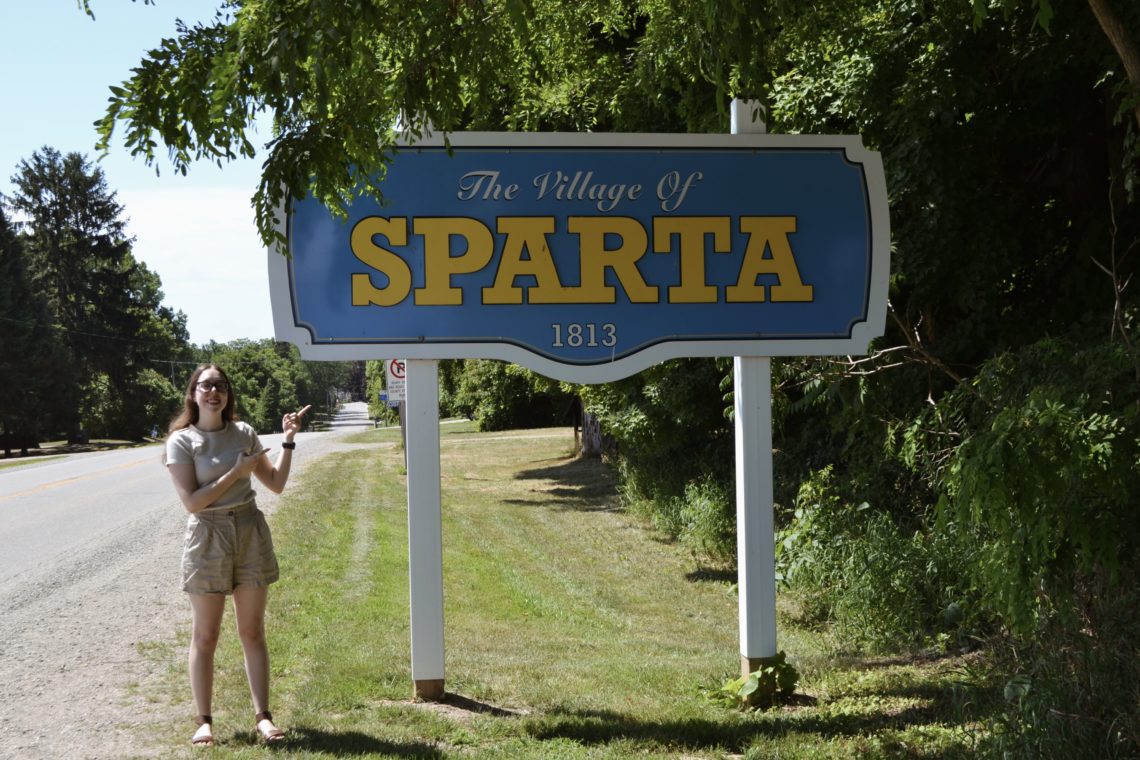
Sparta, Ontario
Elgin County, est. 250 residents
Sparta, Ontario, was once a flourishing settlement in Yarmouth County known as “The Corners.” The Attawandaron (Neutrals) was the first group in the region alongside the Haudenosaunee and Algonquin peoples. The village of Sparta was established in 1813 when Jonathan Doan travelled down Lake Erie by flat-bottomed barge to Kettle Creek looking for a safer place to start a Quaker settlement.
Originally from the United States, Doan fled to the Niagara region before finally settling in Sparta over fears of losing his property for a second time. He purchased 200 acres in Sparta and eventually encouraged other Quakers from around Niagara to move to the area for its rich farming and endless opportunities.
Doan and his family set up a grist mill, sawmill and tannery. Prior to this, settlers had to either use their plumping mills or transport their grain all the way to Long Point for grinding into flour. Doan was also a land agent for over 3,000 acres in Sparta, which provided the space for the Society of Friends (Quaker) Cemetery and meeting house. The first meeting house was a little log building on the corner of Jonathan Doan’s farm. In 1821, a small frame building replaced the old structure and in 1865, a new site was chosen to construct the present meeting house.
The naming of Sparta happened in 1834 with a meeting of landowners. It’s unclear how the name was determined but many think it had to do with the classical trend of the day. Troy, now known as Alymer, was nearby, and so was the village of Corinth.
In 1837, the community became involved in the Rebellion of 1837 and many fled to the United States. Joshua Doan, son of Jonathan was one of the rebels and was captured at the attack on Windsor and hung for treason in 1839. After the rebellion, many Sparta residents gradually returned to their homes from the United States.
The Golden Age of Sparta
Sparta grew to its peak in the 1870s with close to 1,500 residents. A steady stream of immigrants, some with special talents, migrated to the area and helped grow the local economy. Several stores and businesses excelled during this time period, including a blacksmith shop, hardware store, tailor, multiple hotels, a glove making shop, three cabinet shops and more, along with the previously mentioned mills.
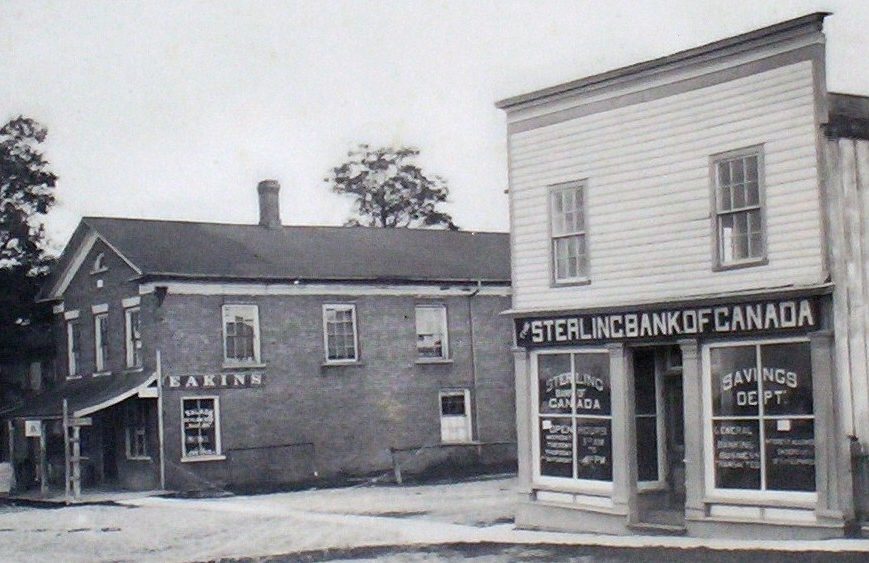

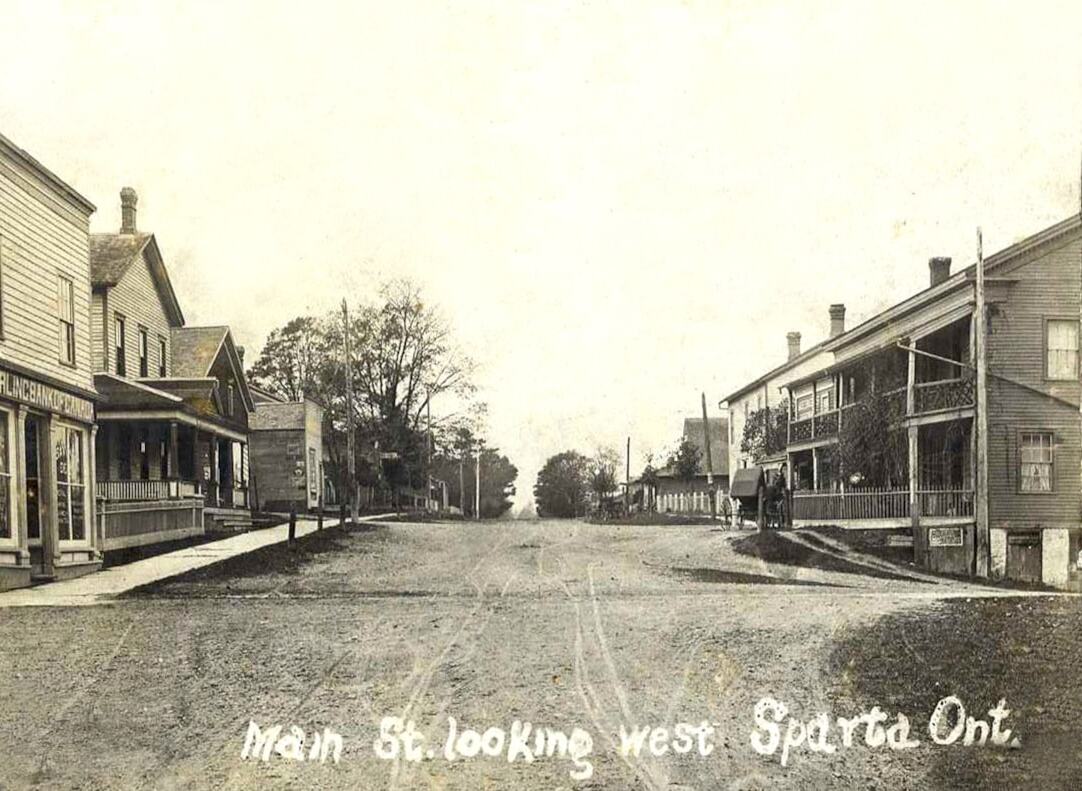
Good sand and loam soils, as well as adequate waterpower supplied by numerous mills along the creeks in the area, helped some Sparta residents build solid farming businesses. Apples were the main product grown in Sparta, with many shipped to England after being dried. Other crops commonly grown were corn, wheat, and tobacco.
The area would have continued to grow except St. Thomas had started to become the headquarters for most developing businesses in the area. The 1870s marked a transition period, as more people started moving to St. Thomas to explore the opportunities of their two new railway lines. Other places along the line like Alymer and Springfield flourished with activity, while Sparta ultimately shrank in size.
Sparta Today
Even with change, Sparta turned its sights on a new way to keep business in the area. The preservation of several buildings from the 1800s has helped Sparta transform into a tourist destination in Southwestern Ontario.
An old blacksmith shop from 1827 is the home of the Ye Olde Forge and Anvil Museum. The building was made of clay and straw by Mr. Kellar. In 1944, E.A. Smith gave the building to the Sparta Sorosis Women’s Institute where it was used as a meeting place. The group turned it over to the Sparta and District Historical Society in 1995, where it transformed into a museum. The museum houses several tools and other period pieces from the area.
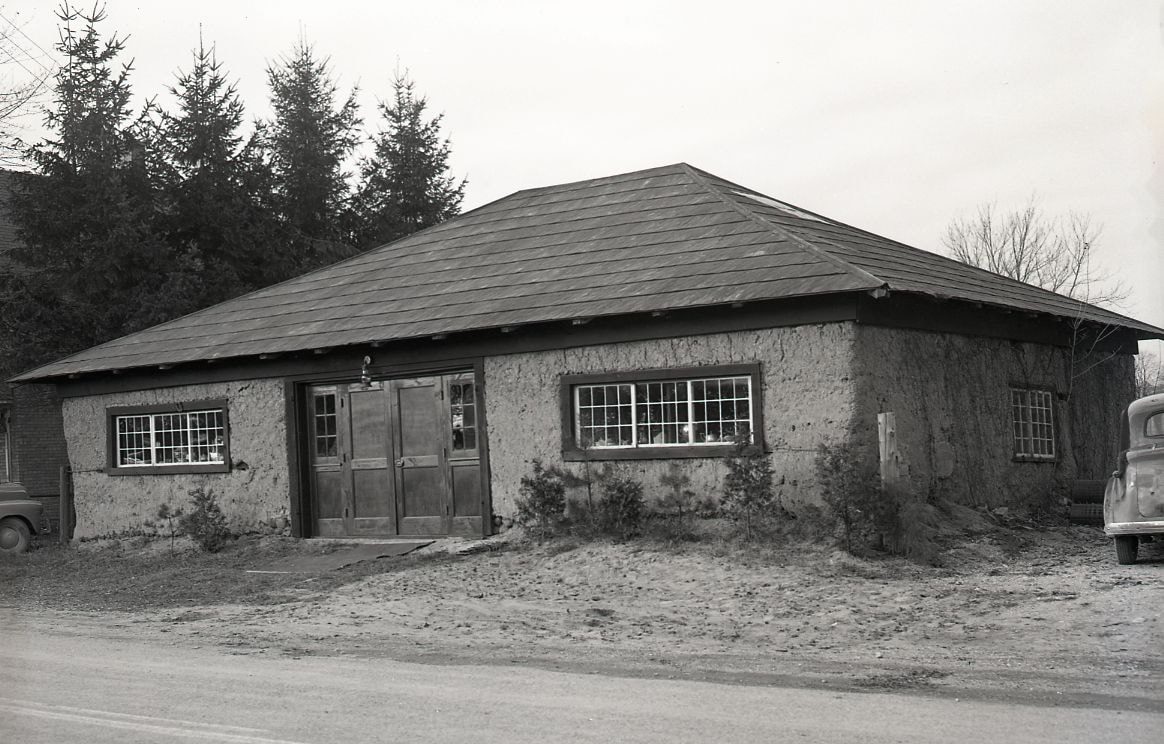
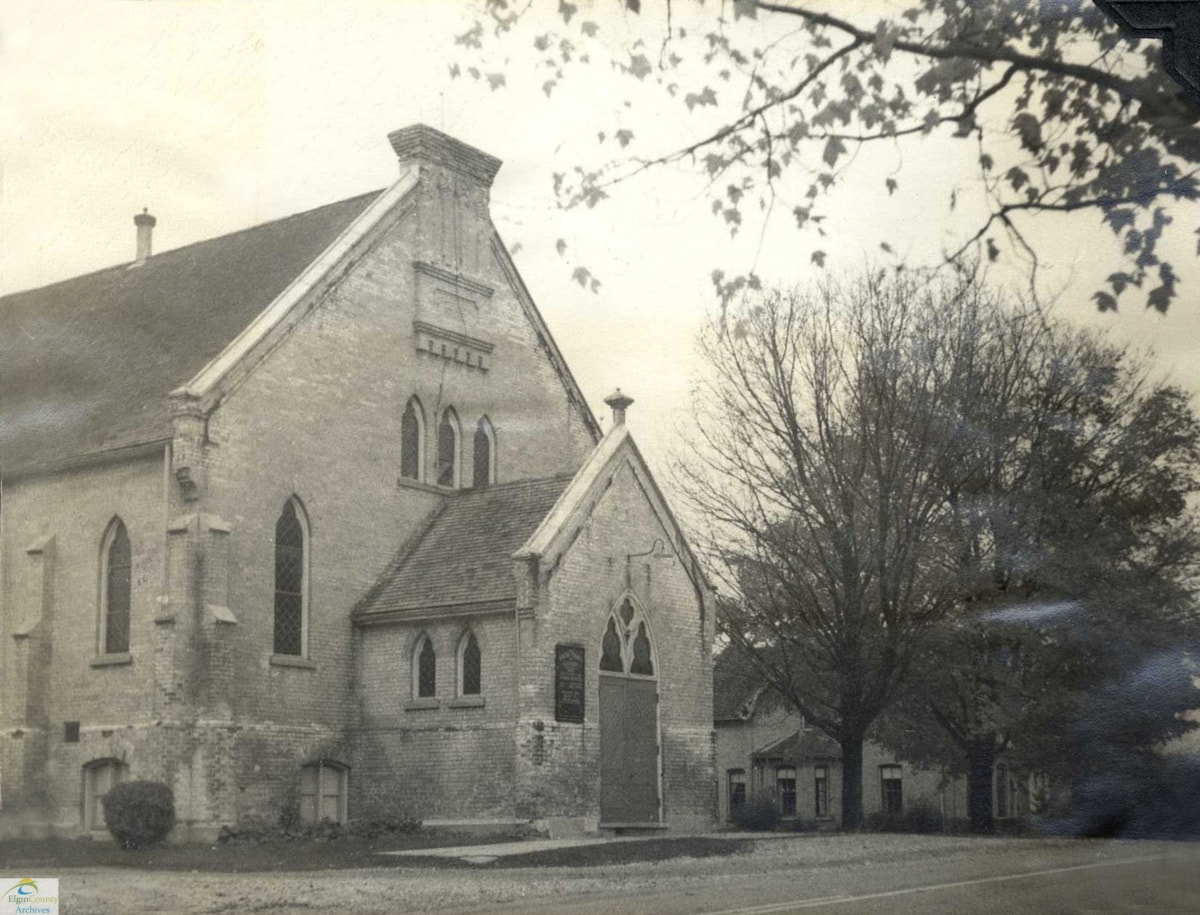
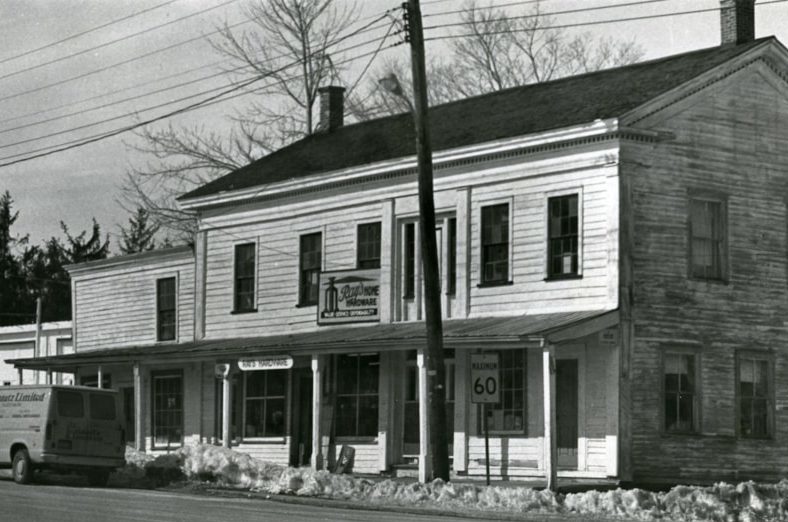
The Sparta Church Museum was the site of an earlier Methodist chapel. The structure was built in 1886 and closed in 2012. The Sparta and District Historical Society purchased the building to preserve its history and opened the museum later that year, which houses artifacts from the surrounding community.
The Sparta School opened in 1908 and sometimes held up to 75 students in the one-room schoolhouse. The Sparta Public School opened in 1968 and closed in 2018 to change over to the Éva Circé-Côté French Immersion Public School. The ECC is Elgin County’s second French Immersion school and has approximately 200 students attend Kindergarten to Grade 8.
The Sparta House Tea Room was established in 1996 by Norma and Ken Roberts. David Mills built the sprawling manor between 1838 and 1840. It was initially constructed as a hotel but has also served as a general store, hardware store and funeral home before becoming the Sparta House Tea Room. The beautiful building has since been restored where customers can enjoy delicious British favourites like scones, pot pies and high tea.
Whistle Stop Peddlers is located in the Temperance House, which was built in the 1840s. The building changed hands a few times before being taken over by the Temperance group. It was once Sparta’s busiest hotel, as well as an ice cream parlour, dance hall, apartment house, factory and shops. Whistle Stop Peddlers was opened by Peter and Stephanie McDermid where they host a collection of products from several talented Elgin County vendors.
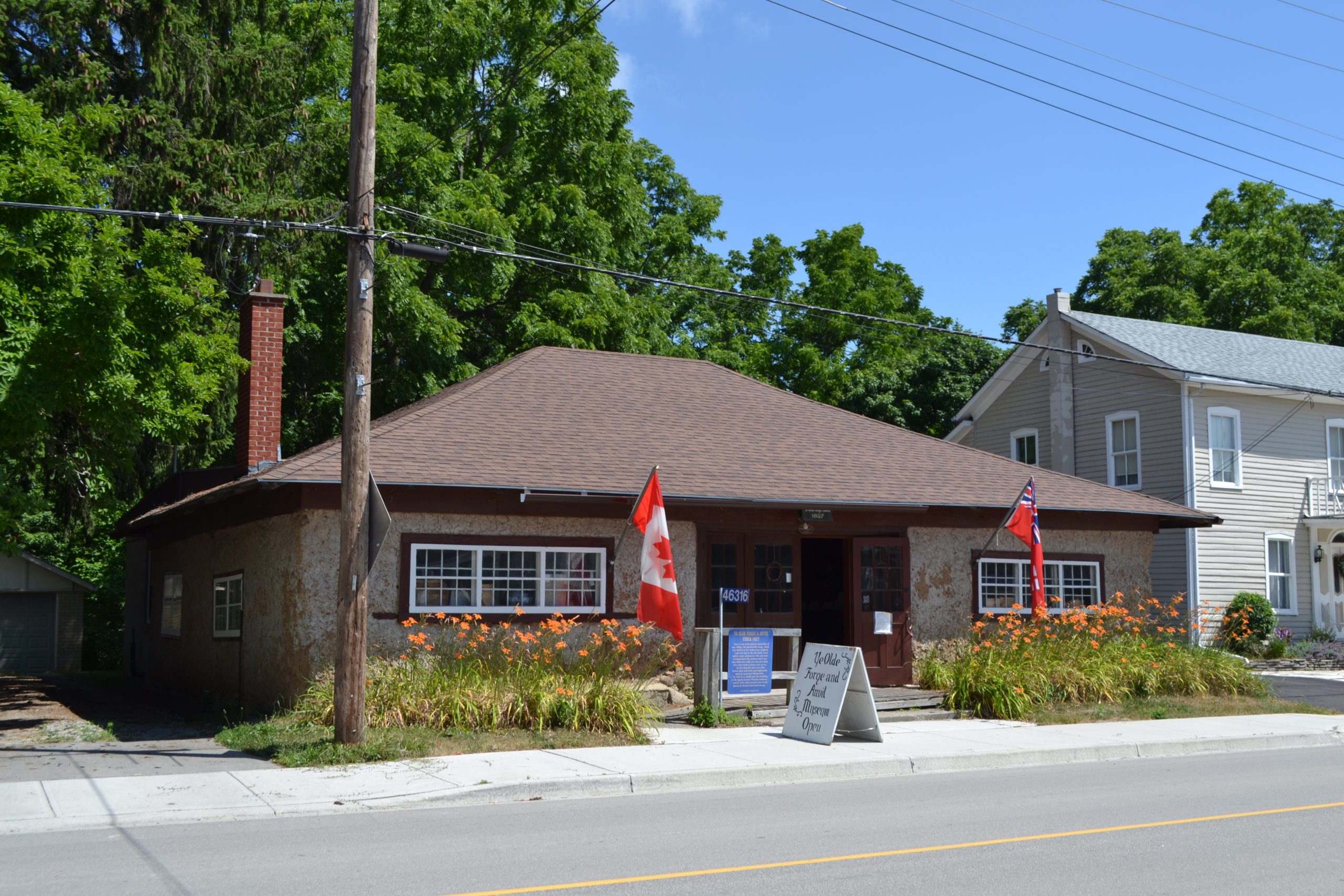
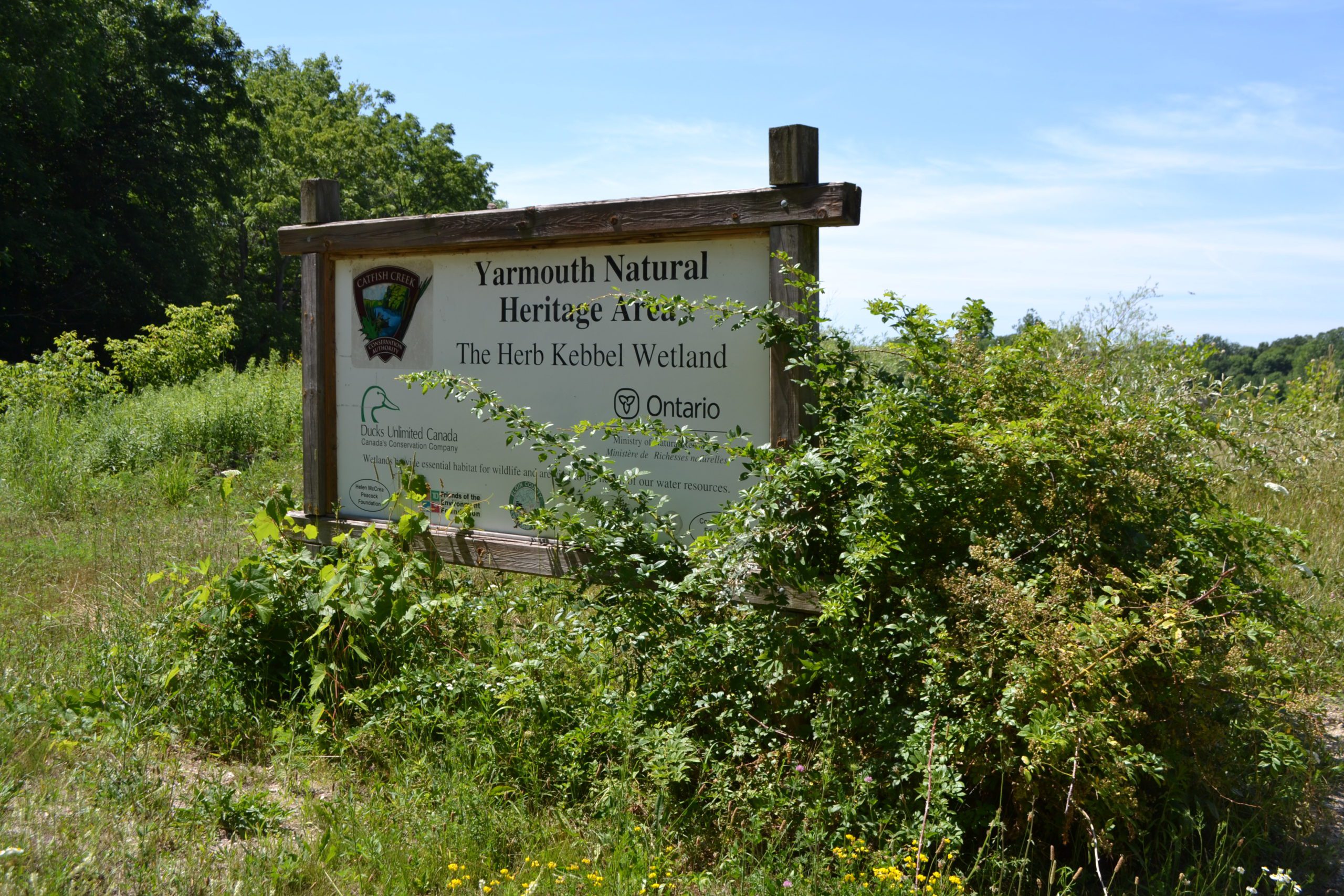
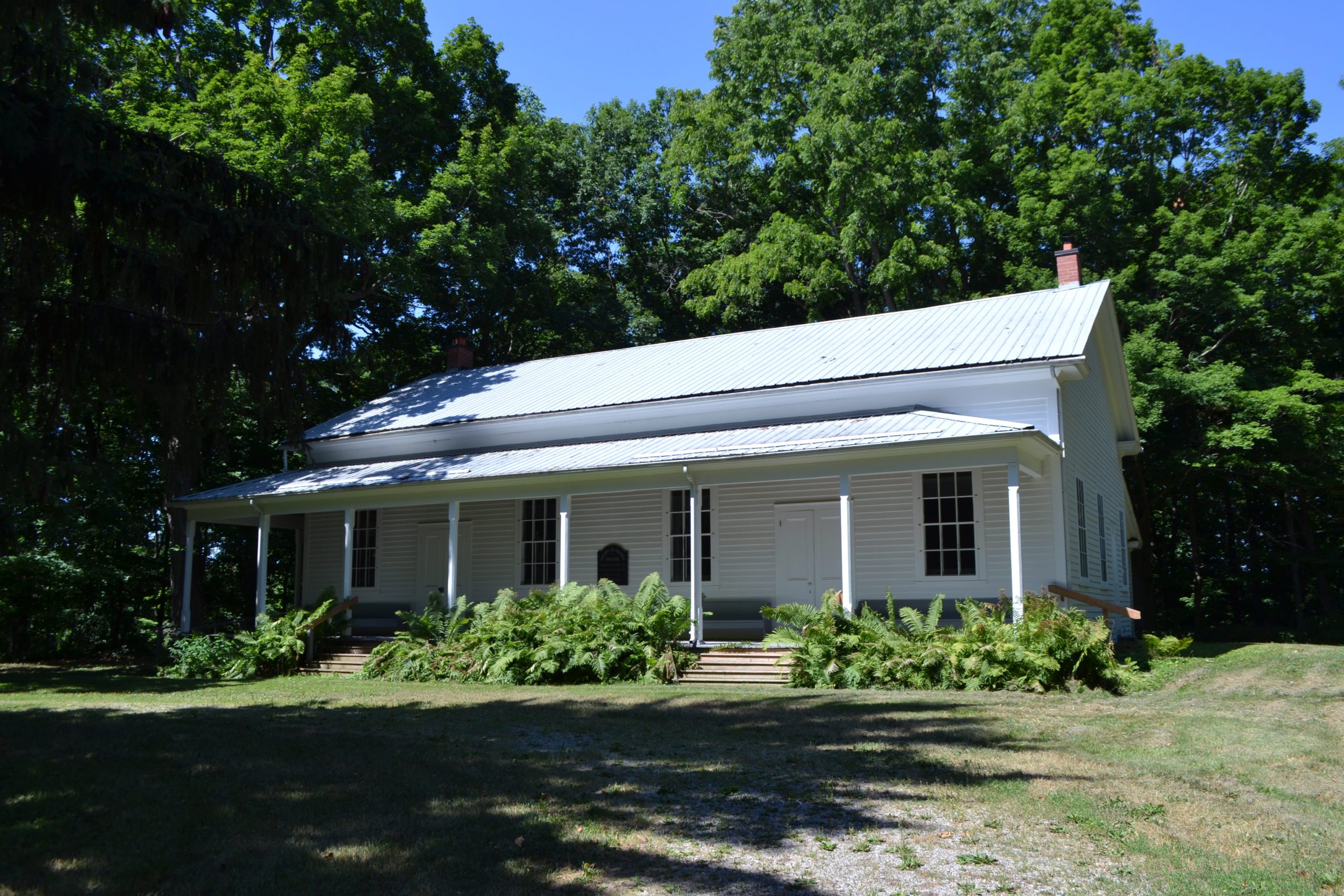
Sparta Country Candles was founded by Pat and Mary Muscat in 1992 and is located in a general store built in 1838. Their store features two floors of rooms full of home decor items, candle accessories, seasonal items, and of course, Sparta Country Candles in numerous delicious scents. The company prides itself on developing high-quality candles for a fraction of the price.
The Yarmouth Natural Heritage Area provides 208 acres of stunning views of Catfish Creek and the Herb Kebbel Wetland. The walking trails are a great place to enjoy bird watching and checking out the wetland flora and fauna.
The village of Sparta has done an incredible job preserving their town’s history. Several buildings from the town’s founding families and historic beginnings still exist to this day. Most are being used as museums, shops and homes and certified as historical landmarks. The community should be very proud of its dedicated preservation efforts.
A big thank you to Pam from the Sparta and District Historical Society and the Elgin County Archives for providing me with more information and photos of the area.



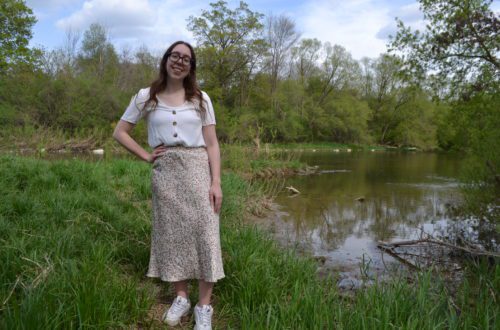

2 Comments
Claudia J Williams
While researching Ancestry, my grandmother and Great grandparents immigrated to what I heard as a child Sparta, Canada. The Information says on one census East Elgain and other West Elgin. Is Sparta located in East or West Elgin? When locals are abolished the research becomes a little more mixed up. Would you be so kind as to clarify this question? Thank you. Claudia – Living in Myrtle Beach, SC; orginally from the Slate Belt, Bangor, Pa. where my grandparents and great grandparents settled.
smalltowncanada
Hi Claudia, thank you for your comment and for reading my article about Sparta! Looking at a map of Elgin County today, I would comfortably say that Sparta is located on the eastern side of the county. Sparta is located in Yarmouth township, which is situated close to the middle of the county, but Sparta is still closer east. I hope this helps and thanks again for reading! It’s wonderful that you’re researching more about your own family.